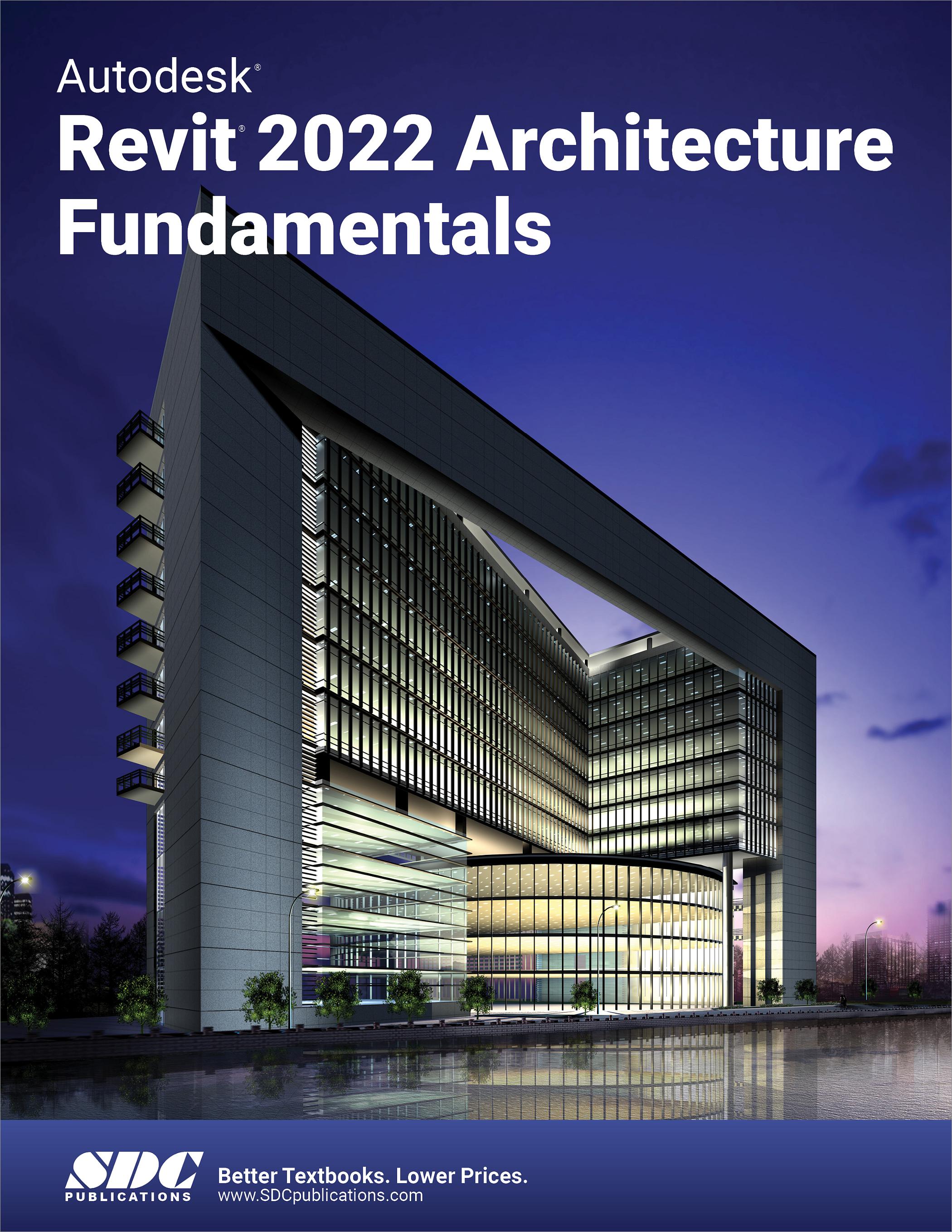

However, if you are looking into a career for building information modeling (BIM), Revit is something you should consider. If you want to stick purely to 2D and 3D model drawing and rendering, you may not need Revit.

To know if Revit is for you, you must assess what are your career plans and features. Most Revit users are often those migrating from AutoCAD, or are at least deciding to either specialize in Revit or AutoCAD. Frequently Asked Questions Q: Is Revit for me? Users can ‘grow’ with the software by updating their system requirements as needed, making it a cost-effective way to make the most out of the program and provide satisfactory outputs. Revit can be used depending on the user’s needs and resources, making it a great investment for those who are planning to get into the industry. In addition, Revit allows plug-in and/or add-ons, which is perfect for architects who need multiple software for their work set-up.Īrchitects love Revit as it allows them to render their output without large or fancy computer hardware. This allows easier communication of ideas and design work, making work more efficient and productive.Īrchitectural design tools found in this software include conceptual design tools, architectural modeling, 3D design visualization, analysis with Insight, point cloud tools, multistory stairs, and cloud rendering to produce photorealistic outputs. Because of its versatility, Revit is excellent for syncing with other teams in a single construction project.

Revit has features for professionals in the construction industry: architects, structural engineers, and construction and ME engineers. The features of the latest Revit include PDF underlay support analysis for how people move or navigate through spaces in the building support for the drawing of advanced wall geometry such as elliptical wall designs enhanced multi-rebar annotation steel connection features and improvements on electrical homerun wiring improvements, among others. Since it is under the umbrella of Autodesk’s software, Revit can be used alongside other BIM tools for architecture, engineering, and construction. Revit is a BIM tool that focuses on the detail models for the design of structural materials, MEP fabrication, and to predict the feasibility of design to fabrication for concrete structures. This makes it a popular choice for professionals in the construction and mechanical, electrical, and plumbing (MEP) engineering industries. However, unlike its more mainstream sibling, Revit’s 3D models focus on structural designs and detailing. Like its sibling AutoCAD, Revit can create 3D models.

Revit is a design software under the software giant Autodesk.


 0 kommentar(er)
0 kommentar(er)
